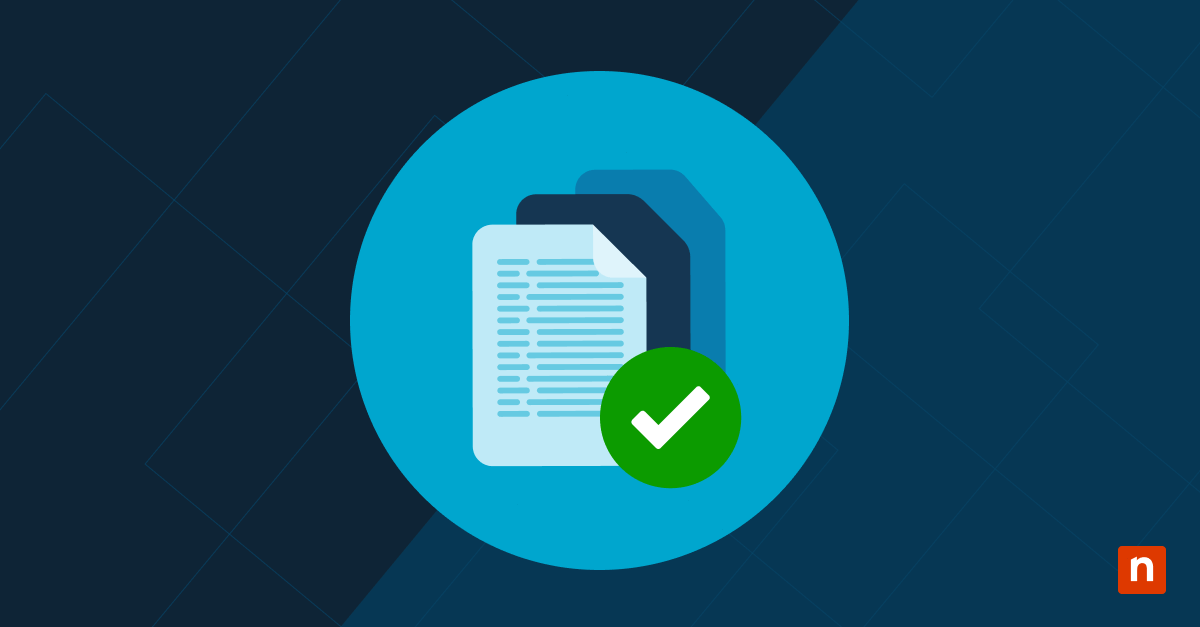In an era where remote work and cloud-based services have become the norm, controlling user access has become both a challenge and a priority. With the right policies in place, you can mitigate risks, strengthen security, and optimize user experience.
Conditional access is the strategic gatekeeper, allowing organizations to control who gets access to their resources, under what conditions, and from where. In the context of Azure Active Directory (AD), it is the foundation of identity security, ensuring that the right individuals have the right level of access.
Conditional access policies in Azure AD provide a robust, flexible, and secure access control strategy. This guide will explain the intricacies of configuring conditional access policies in Azure AD, from the fundamentals to advanced scenarios, ensuring that your Azure environment is protected from unauthorized access while maintaining a seamless user experience.
Understanding conditional access policies
Conditional access policies are sets of rules and restrictions that define the conditions under which users can access resources. They encompass a wide range of parameters, such as user groups, applications, locations, device status, and more. The fundamental purpose of these policies is to enforce access controls that are dynamic, context-aware, and responsive to ever-changing security landscapes. These policies are pivotal in safeguarding your Azure environment by closely integrating identity and access control.
The advantages of effective conditional access policies extend far beyond security. They also enhance user experience and streamline access management. Some of the key benefits include:
- Risk mitigation: Conditional access policies minimize the risk of unauthorized access, data breaches, and identity-related attacks.
- User experience: By offering access only when necessary, these policies avoid cumbersome security hurdles and ensure a seamless user experience.
- Compliance: Conditional access policies are essential in achieving regulatory compliance by enforcing access controls and maintaining detailed logs.
Configuring basic conditional access policies
Configuring a basic conditional access policy in Azure AD is a simple process. It involves creating a policy and defining the specific conditions and access controls:
- Access Azure AD portal: Log in to the Azure AD portal with administrative credentials.
- Navigate to conditional access: Access the conditional access section to create a new policy.
- Define conditions: Specify the conditions under which the policy applies. This includes user groups, applications, and locations.
- Set access controls: Determine the access controls, such as multi-factor authentication (MFA) and device compliance requirements.
- Assign the policy: Assign the policy to selected users or groups.
- Review and enable: Carefully review the policy settings and enable the policy to take effect.
Conditional access policies offer granular control. It is possible to specify conditions based on user attributes, applications, locations, and more. This level of precision ensures that access is tailored to the exact requirements of your organization.
Conditional access policies can mandate additional security measures when certain conditions are met. For example, you can require multi-factor authentication (MFA) when users connect from specific locations or outside of specific locations, as well as when they access sensitive data. It is also common to mandate that devices comply with security standards before granting access.
Advanced conditional access scenarios
Conditional access policies can be designed to achieve very specific user controls. Risk-based policies, for example, consider user behavior and context to adapt access controls dynamically. These policies can trigger additional security measures when unusual activities or risks are detected.
Tailoring conditional access policies for specific Office 365 applications and services is also possible. This level of customization ensures that different resources receive the appropriate access controls based on their sensitivity. Some Azure customers elect to apply conditional access policies to on-premises resources, ensuring a consistent security perimeter encompassing both cloud-based and local assets.
Considerations for multi-policy environments
In large organizations, it’s common to have multiple conditional access policies. Proper management of these policies is essential for a cohesive access control strategy. When multiple policies coexist, there’s potential for conflicts between those policies to result in a poor user experience or security risk. It’s crucial to understand how policies interact and prioritize them accordingly to avoid unintended consequences.
To create a secure and cohesive access strategy, ensure that policies align with organizational goals and maintain clarity on how they affect user experiences. Assigning policies to RBAC roles minimizes the possibility of conflict, as does keeping the number of policies to an absolute minimum.
Best practices for configuring conditional access policies
Microsoft has designed conditional access policies to be easy to implement, but adhering to a few well-established best practices will ensure a secure outcome as well as a high-quality user experience:
- Limit the number of policies for maintainability: While having policies that meet specific needs is important, an excessive number of policies can become unwieldy. Limit the number of policies to make maintenance and troubleshooting more manageable. It is common for organizations to have a default policy that applies to all users, additional policies that apply to third parties, and connectivity from different geographical locations.
- Review and update policies regularly: As the security landscape evolves, so should your conditional access policies. Regularly review and update policies to align with changing security needs, and to keep up with technological advancements.
- Test policies in a controlled environment: Before deploying new policies, it’s essential to test them in a controlled environment to ensure they perform as intended without causing disruptions. It is also advisable to use the test opportunity to ensure that the policies are restricting access to resources as intended.
Secure Azure resources with conditional access policies
Azure AD conditional access policies offer a strong identity security foundation. They strike a balance between safeguarding Azure resources and enhancing user experiences. Embrace the power of conditional access policies to shield your Azure environment from unauthorized access while ensuring a seamless and secure experience for your users.








